Here is a link to our final film: Elizabeth Castle
Essay – Archives
How are archives a repository of knowledge?
Introduction:
The Société Jersiaise Photographic Archives in Jersey have a fascinating origin and development. They were established to preserve and showcase the rich history of photography in Jersey. The archives have a wide scope, encompassing various aspects of Jersey’s cultural, social, and historical context.
The early photographic activity in Jersey dates back to the mid-19th century when photography was gaining popularity worldwide. Local photographers captured the island’s landscapes, people, and events, providing a valuable visual record of Jersey’s history.
Over time, the photographic archives grew, collecting and preserving a vast collection of photographs, negatives, and other visual materials. These archives serve as a valuable resource for researchers, historians, and the general public, offering insights into the island’s past.The Société Jersiaise Photographic Archives continue to expand, digitize, and make their collection accessible to a wider audience. They play a crucial role in documenting and celebrating Jersey’s heritage through photographs.
1:
Henry Mullins played a vital role in the early development of photography in Jersey. As a skilled and passionate photographer, he captured the essence of the island’s landscapes, people, and events. His photographs provide an insight of the social, cultural, and historical context of Jersey during his time.
Mullins’ dedication to his work and his commitment to documenting Jersey’s history have left a mark on the Société Jersiaise Photographic Archives. His work, along with that of other early photographers, forms the foundation of this irreplaceable collection. These archives serve as a treasure trove of visual records, preserving the island’s heritage for future generations.
Mullins’ photographs not only showcase the beauty of Jersey but offers glimpses into the lives of its people, his images capture the essence of the island’s past. They provide a solid connection to the people, places, and events that shaped Jersey’s history.Through his technical skills, Mullins helped establish photography as a powerful medium for storytelling and historical documentation in Jersey.
2:

To produce daguerreotypes, photographers used a method called the daguerreotype process. It involved sensitizing a silver-coated copper plate with iodine vapors, exposing it in a camera to capture the image, and then developing it with mercury fumes. The final image was fixed with a solution to prevent further chemical reactions. This process created unique and detailed photographs on a reflective surface.
Technical: The photo appears to have a sepia tone, a common characteristic of vintage photographs. The image quality is slightly grainy/less sharp compared to modern digital photos, reflecting the limitations of early photographic technology.
Visual: The composition is centered and balanced, with the subjects positioned in the middle of the frame. The use of natural light creates a soft and nostalgic atmosphere.
Contextual: Based on the subjects’ clothing and the overall style of the photo, it appears to have been taken during a time when formal portraits were popular. The attire suggests a past era.
Conceptual: The conceptual elements of the photo could include themes of time, nostalgia, and personal history. The vintage aesthetic and the subjects’ poses and expressions evoke a sense of nostalgia and invite viewers to reflect on the past.
Conclusion:
We can learn alot from images of the past. They provide us with a unique insight of the history behind them, allowing us to glimpse the lives, experiences, and events that shaped our world.
Historical Context: Images from the past offer a visual representation of the time period in which they were taken. They provide valuable insights into the fashion, architecture, technology, and social norms of the era.
Cultural and Social History: Photographs capture moments of everyday life, celebrations, and significant events. They document the diversity of cultures, traditions, and social dynamics of a particular time and place.
Visual Documentation: Images serve as visual documentation of historical events, places, and objects. They provide evidence and support for historical research, helping to validate accounts and narratives. They can also be used to compare and contrast different sources of information.
Emotional Connection: Images have the power to evoke emotions and create a personal connection to history. They can transport us to a different time and place, allowing us to empathize with the people and experiences captured in the photograph. Providing us with a tangible link to our collective past.
To create a photography project based on the theme of nostalgia, I can start by immersing myself in archived photographs evoking a strong sense of longing and sentimentality, paying attention to the composition, lighting, and subject matter of the images. I can then use these elements as inspiration to capture my own photos that evoke a similar nostalgic feeling.
Research & Planning
Research:
Elizabeth Castle:
Elizabeth Castle is a castle that was built in Jersey, CI in 1601. It was named after Queen Elizabeth the 1st who was on the throne during that time and it was built for defence for the Port of St. Helier. Since then it has become a tourist attraction and museum for tourists and historians. The castle still holds many artefacts and reminiscence from several events and wars throughout history.
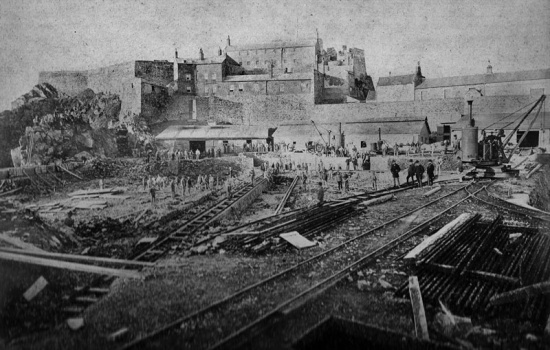
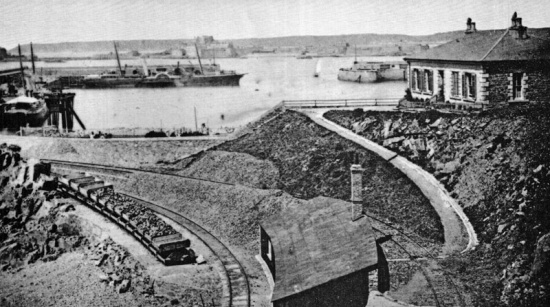
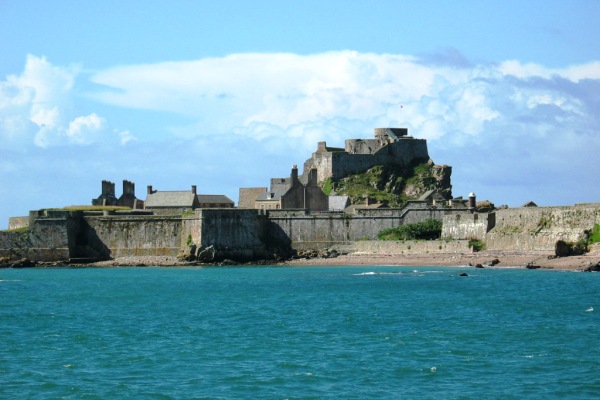
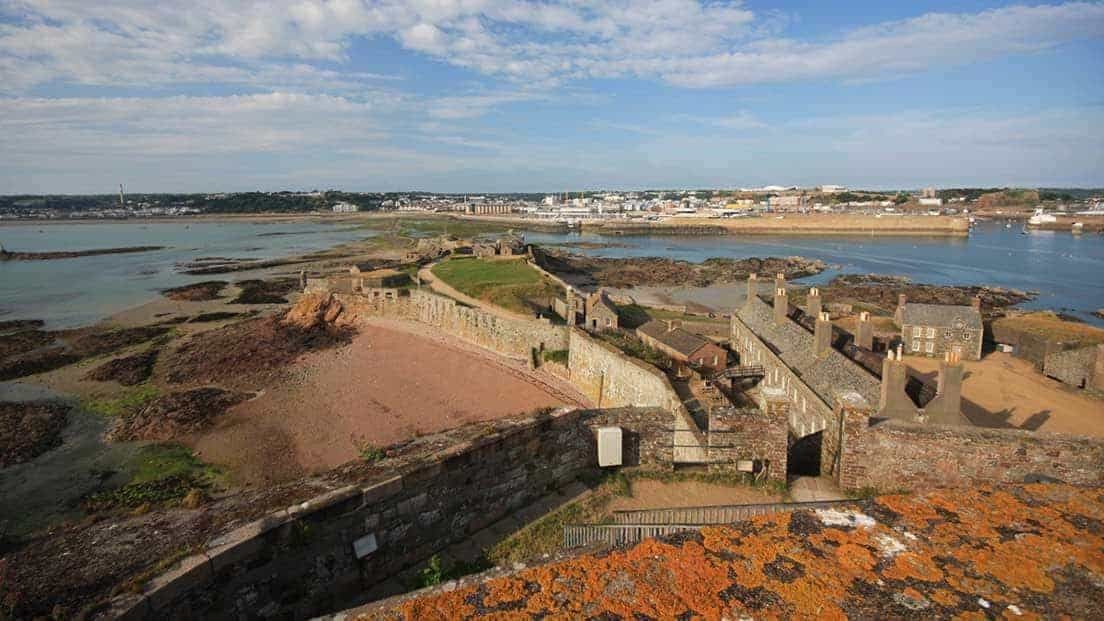
Nazi Occupation:
During most of the Second World War, Jersey was held under occupation by the Germans from 30 June 1940 until liberation day on 9 May 1945. The Nazis during the occupation also made changes to the castle. They made it into a camp by adding bunkers and turrets around the castle.

War Tunnels:
The Nazis during their occupation had their POW’s dig out a large area in a cliff in St. Lawrence. This became the War Tunnels and was made to be a hospital. The hospital was called Hohlgangsanlage 8. It was never completed and after the second world war it was made into a museum.
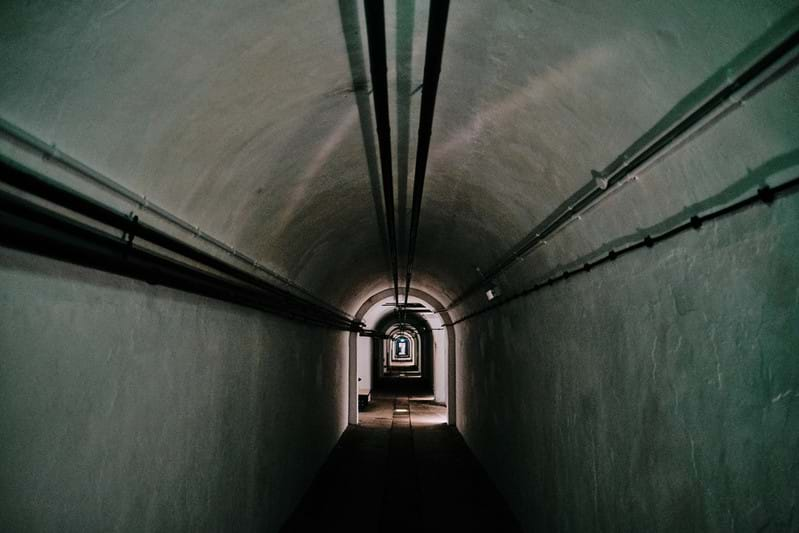
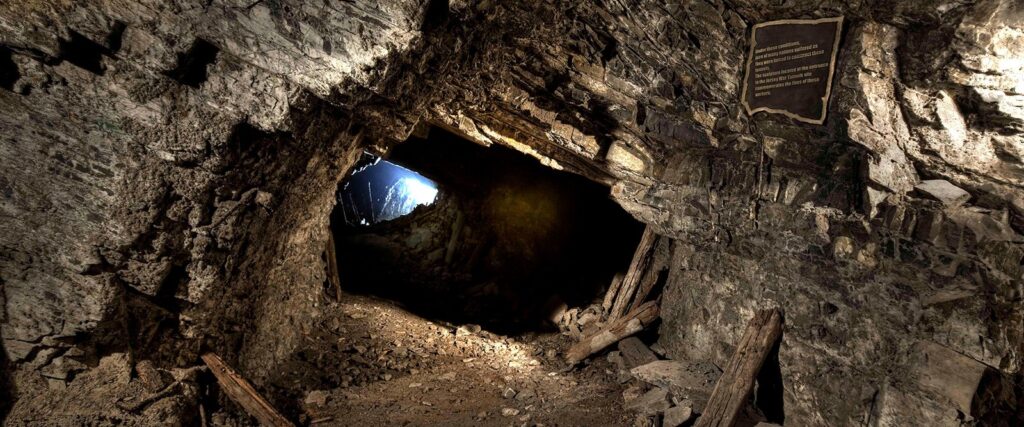

Plan:
My group; Me, Charlie and George, will be going to Elizabeth Castle and the war tunnels to shoot a film. Our ideas for the film consist of:
- Hyperlapse of a walk through the castle. A series of photos taken at each stop during a walk through the castle.
- Drone shot, if we can get a drone. Which will help with making the film more professional and interesting.
- Shots of the Militia.
- Shots of cannons being fired. (Could be in slow motion).
- Shots of flags in the wind.
- Shots of statues.
- Shots of tanks and other vehicles.
- Shots of uniforms.
- Shots of weapons and tools.
Chris Marker – La Jetee
Chris Marker:
Chris Marker, born 1921, was a French photographer, writer and documentary film director. Best known for his film, “La Jetee” which he published in 1962. He is also known for his participation in the Left Bank subset of the French New Wave that occurred in the 1950’s.

Le Jetee:
Le Jetee was a film that Chris Marker made in 1962. The nearly 30 minute film featured a series of black and white photographs with a narrator speaking over them. It is a story of a post-nuclear war and time travel, some of which was used for inspiration for a movie called 12 monkeys, released in 1955.
Elizabeth Castle Story board

ELIZABETH CASTLE STORYBOARD

LA JETEE
Made in 1962, La Jetée is a French science fiction short film which was constructed entirely by still, black and white images. 28 minutes long and directed by Chris Marker, it follows a man is trapped in an aftermath of world war 3 in Paris. Scientists research time travel, hoping to send test subjects to different time periods “to call past and future to the rescue of the present.”
The featurettes cast includes:
- Jean Négroni as Narrator
- Hélène Châtelain as The Woman
- Davos Hanich as The Man
- Jacques Ledoux as The Experimenter
- Ligia Branice as Woman From The Future
- Janine Kleina as Woman From The Future
- William Klein as Man From The Future
Chris Marker, a French director, writer, photographer, and poet who is famous for A Grin Without a Cat (1977) and Sans Soleil (1983), as well as La Jetée (1962). While making La Jetée, he was also in the process of making a 150 minute documentary essay-film called Le joli mai which was released in 1963. In the documentary, he interviewed random people on the Paris streets with the questions ranging from their personal lives, as well as social and political issues of relevance at that time.
Visit to SJ photographic archives
The Société Jersiaise Photographic Archive (SJPA) contains over 125,000 items dating from the mid-1840s to the present day. It is the Island’s principal collection of nineteenth and early twentieth-century photography and reflects a rich history generated from our geographical and cultural position between Britain and France, two nations that were prominent in developing the medium.

This is an example of t=some of the archives they have created/ collected.

Patrick spoke to us as about Jerseys photo archive and why it is so important to the island. We have photo archives to look back at historical places and to reflex on how these places have changed over the years. These archives are well looked after to be kept in good conditions for many many years. We looked at some of the archives of Elizabeth castle from before the war to see how it has changed over the years.
No Place like Home – Art Expo
On the same day that we visited the La Société Jersiaise archive, we also visited an art expo that was currently being held. It was called “No Place like Home” and was being held in town in the Art House, the same place that “Playtime” by Will Lakeman was being held also.
The expo featured a household environment filled with many objects that you would see in a household. Some items there worth mentioning were an old tv that was playing a video of someone showcasing more household items, a record player along with multiple vinyls, a russian shuttle crashed outside, a big sewed portrait of a cavern and a group of shelves hanging from the ceiling containing bathroom items.


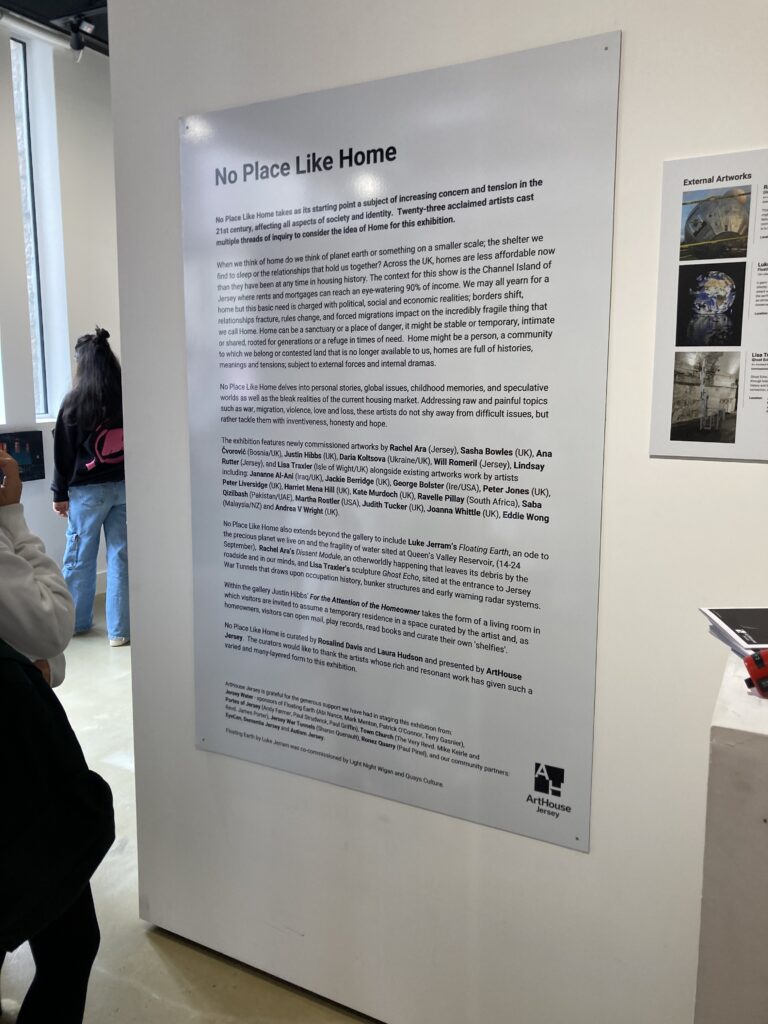


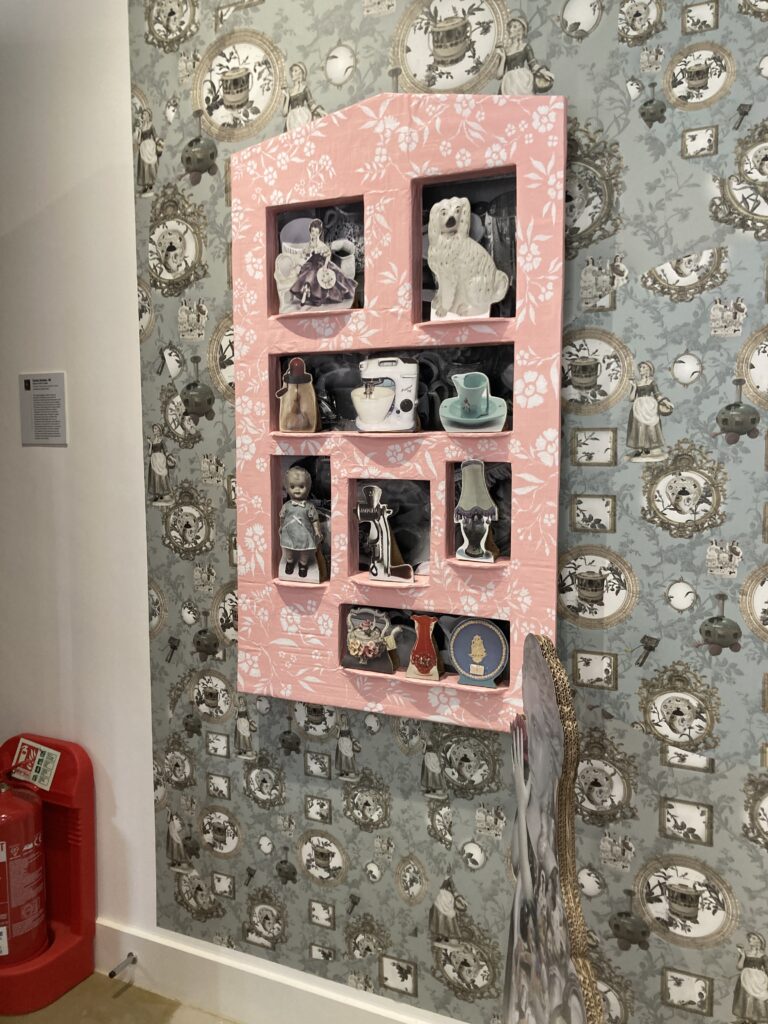

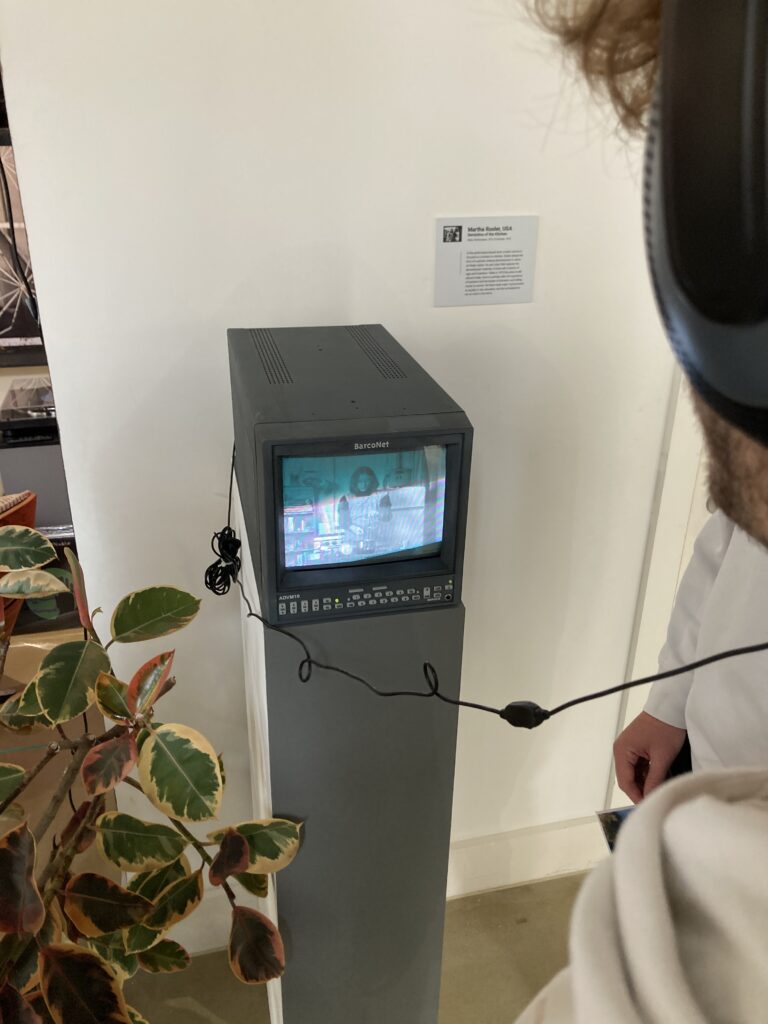
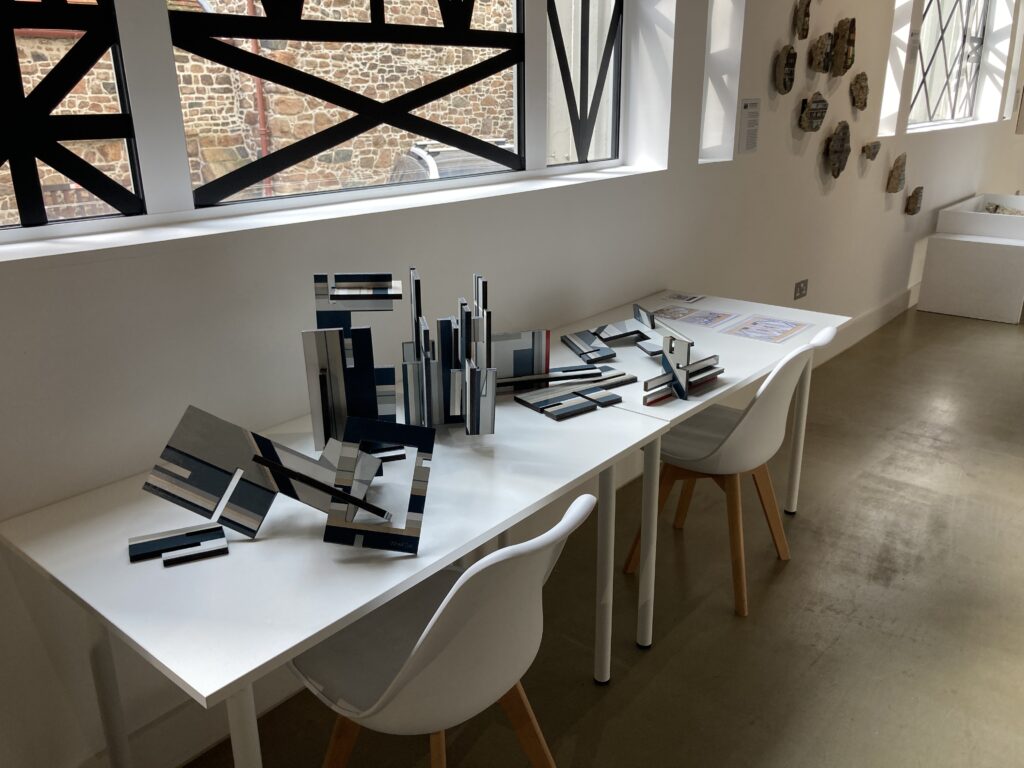
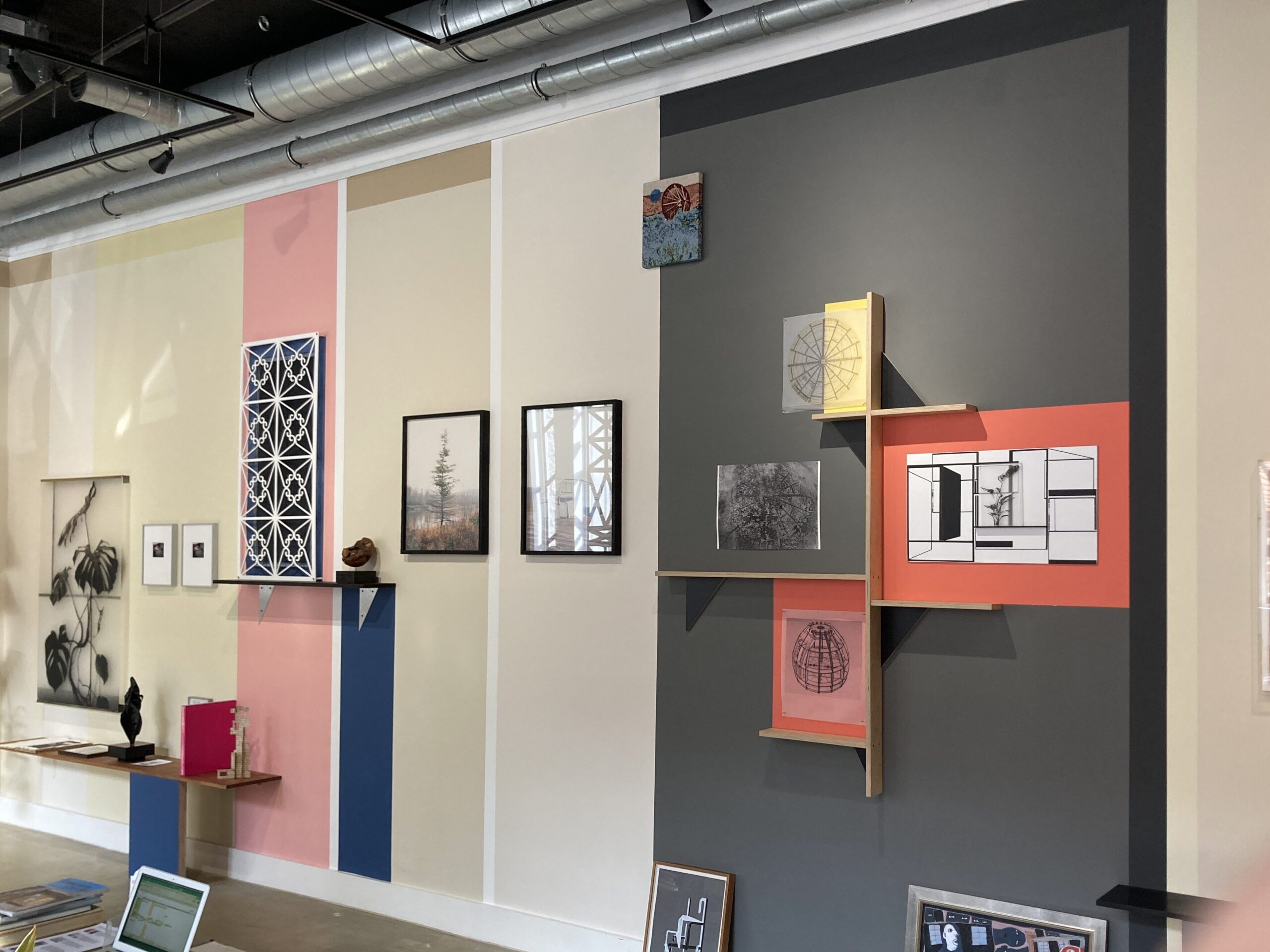
SOCIÉTÉ JERSIAISE

History
The Société Jersiaise was founded in January 1873 by a small number of prominent Islanders who were interested in the study of the history, the language and the antiquities of Jersey. Membership grew quickly and the aims of the new society soon widened to include the publication of historical documents, the founding of a Museum, and the study of the Island’s natural history. Our first Bulletin Annuel was issued in 1875 and continues to be the main record of our activities.
In 1893 Société Jersiaise moved to 9 peir road, which is a large early nineteenth century merchants house. The Museum and photo archives are looked after by Jersey Heritage and they continually add to their collection every year. The archives are also built up through gifts and bequests which has ensured its preservation of many important items with relevance to Jersey including; books, manuscripts and maps, photographs, prints and paintings, archaeological finds and historical items.


